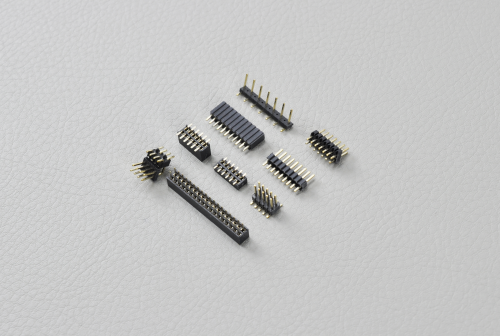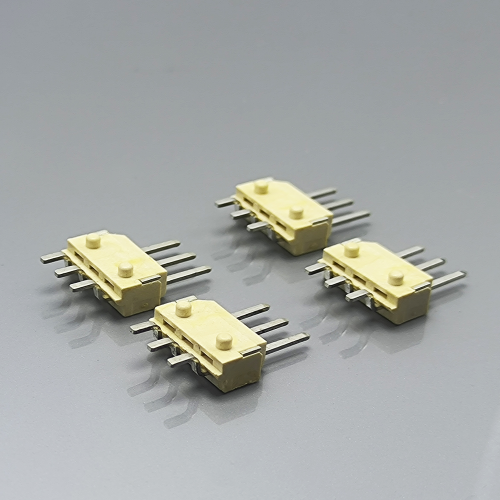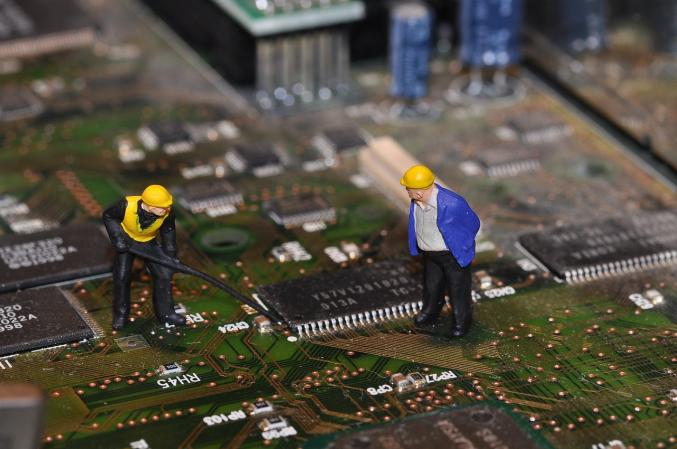I. What is the Board-to-Board connector?
Board-to-Board connector (referred to as BTB) is a component used to connect between different electronic boards or circuit boards, is an essential device for power and signal coupling connection in precision circuits. With the increasing complexity of products and the scale of circuit design, the Board-to-Board connector is also along the market demand toward high speed, high power density, thin and light several directions.
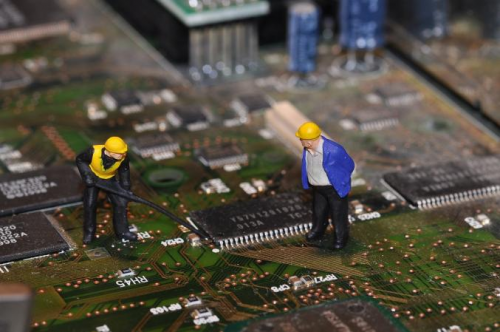
II. The classification and characteristics of Board-to-Board connectors.
According to different classification standards, Board-to-Board connectors can be divided into various types.
1. According to the structure can be divided into syringe type and knife-edge type;
2. According to the contact mode can be divided into gold finger type and parallel line type;
3. According to the pitch can be divided into 0.50mm, 0.60mm, 0.80mm, 1.00mm, 1.25mm, 1.50mm, 2.00mm, 2.50mm, 2.54mm, 3.96mm and so on.
In actual use, we will be based on the use of the scene, appearance and structure, connection performance, comprehensive cost and other aspects of the use of which type of Board-to-Board connectors.
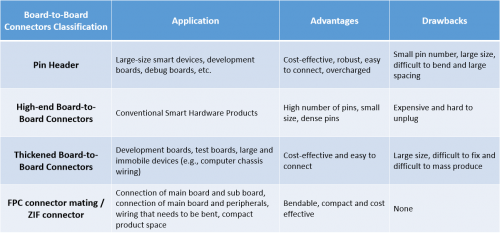
III. How to select Board-to-Board connectors?
1. Connector structure size
First of all, we should pay attention to the external dimensions of the connector, in the attention of the connector is the installation space will be with other parts of the interference, according to the size of the space to choose the appropriate connector and fixing method. For the connector itself, pay attention to Pin and Pitch, choose how many pins of the connector should be based on the number of signals connected. For example, some SMT connectors, the number of pins should not be too many. Because in the soldering process due to high temperature connector plastic will be deformed by heat, the center of the bulge caused by the pin welding.
2. Electrical properties of the connector
The electrical properties of the connector mainly include: limit current, contact resistance, insulation resistance and anti-electrical strength. When connecting high-power power supply need to pay attention to the limit current of the connector, to do the design of the derating, and pay attention to the voltage withstand value between the pins. Pay attention to the contact resistance. Connectors usually have a low and constant contact resistance, generally tens of mΩ to hundreds of mΩ. For signals with impedance requirements, pay attention to the impedance to be matched to avoid signal reflection.
3. Mechanical properties of the connector
Mechanical properties of the connector, including the pull-out force, pull-out frequency and mechanical anti-dumbness. Some signal interfaces need to be frequently plugged when selecting the connector should pay more attention to the connector’s unplugging force and the number of times of unplugging. Mechanical anti-dumbing on the connector is very important, once inserted in reverse is likely to cause irreversible damage to the circuit.
4. Environmental performance of the connector
If the application environment is more humid for the connector’s moisture resistance, salt spray resistance requirements are high, to ensure that the connector’s metal contacts are not corroded. In the field of industrial control, the connector anti-vibration shock performance requirements are high, so as to avoid the connector in the vibration process off.
IV. Recommended Board-to-Board Connectors
